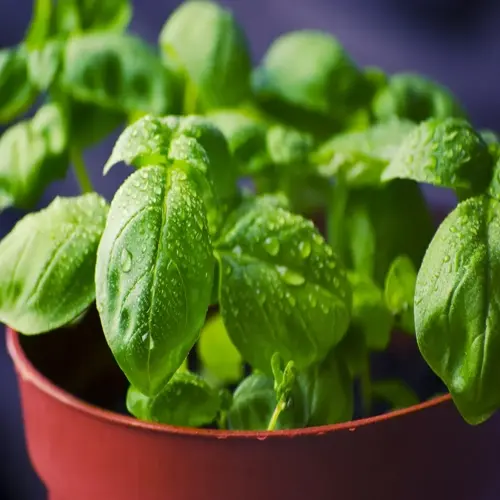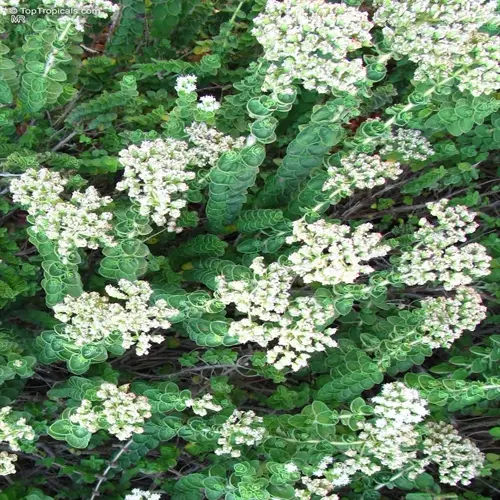What are the essential requirements for growing parsley successfully?

Written by
Liu Xiaohui
Reviewed by
Prof. Martin Thorne, Ph.D.Learning how to grow parsley effectively begins with understanding the needs of parsley. This resilient herb needs the right conditions to grow from sprout to harvest. For ten years, I have successfully grown parsley in different growing environments. The primary considerations to be aware of are seed preparation, temperature, light exposure, and soil. These four things work together to provide strong plant growth.
Seed Preparation
- Pre-soak seeds in 100°F water for 24 hours to break dormancy
- Plant seeds at ¼ inch depth in sterile seed-starting mix
- Maintain consistent moisture without waterlogging during germination
Temperature Control
- Keep soil at 70°F for optimal germination using heat mats
- Protect seedlings from temperature drops below 50°F
- Mature plants grow best between 60-80°F daytime temperatures
Light & Soil Needs
- Provide 6+ hours of direct sunlight or equivalent grow lights
- Use well-draining soil mixed with 30% compost for nutrients
- Maintain soil pH between 6.0-7.0 for nutrient availability
Soil temperature is foremost for parsley success. I monitor the temperature with a digital thermometer that is two inches deep. Cold soils with temperatures below 50 °F delay germination, while overheated soils can kill seedlings. Mulch helps control temperatures in outdoor beds. Rotating pots helps keep container gardeners in check of hot spots.
To cultivate bushier parsley plants, it is ideal to begin harvesting when you have stem segments with three segments. Harvest using a clean, sharp pair of scissors, harvesting outer stems first to promote regrowth and new stems in the center. Be respectful and don't take too much. Ideally, you should leave two-thirds of the foliage. After harvesting, provide some fresh water to reduce harvesting stress.
Compost-amended soil feeds the plants without needing to rely on chemical fertilizers. I use one part compost to three parts garden soil, which supplies excellent drainage and nutrition. Parsley grows more flavorful in organically rich soil. Test drainage by digging a hole and timing how fast the water is absorbed.
Read the full article: How to Grow Parsley: Complete Expert Guide

